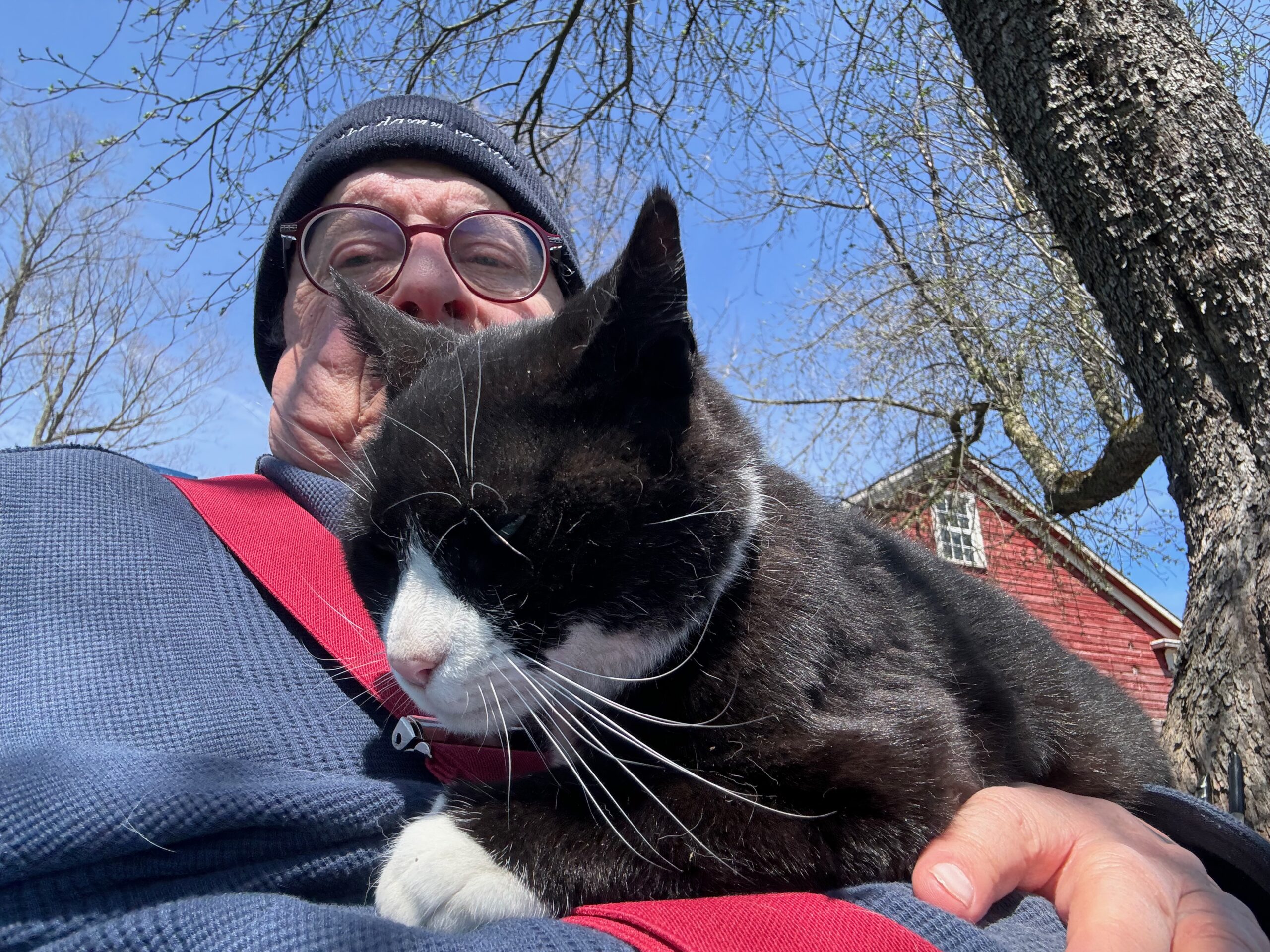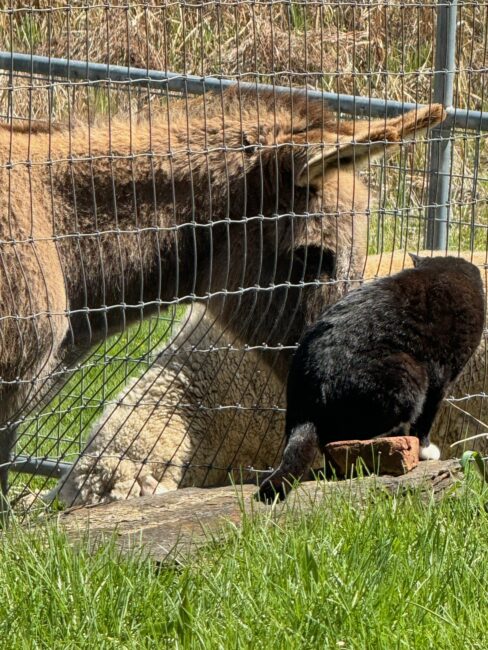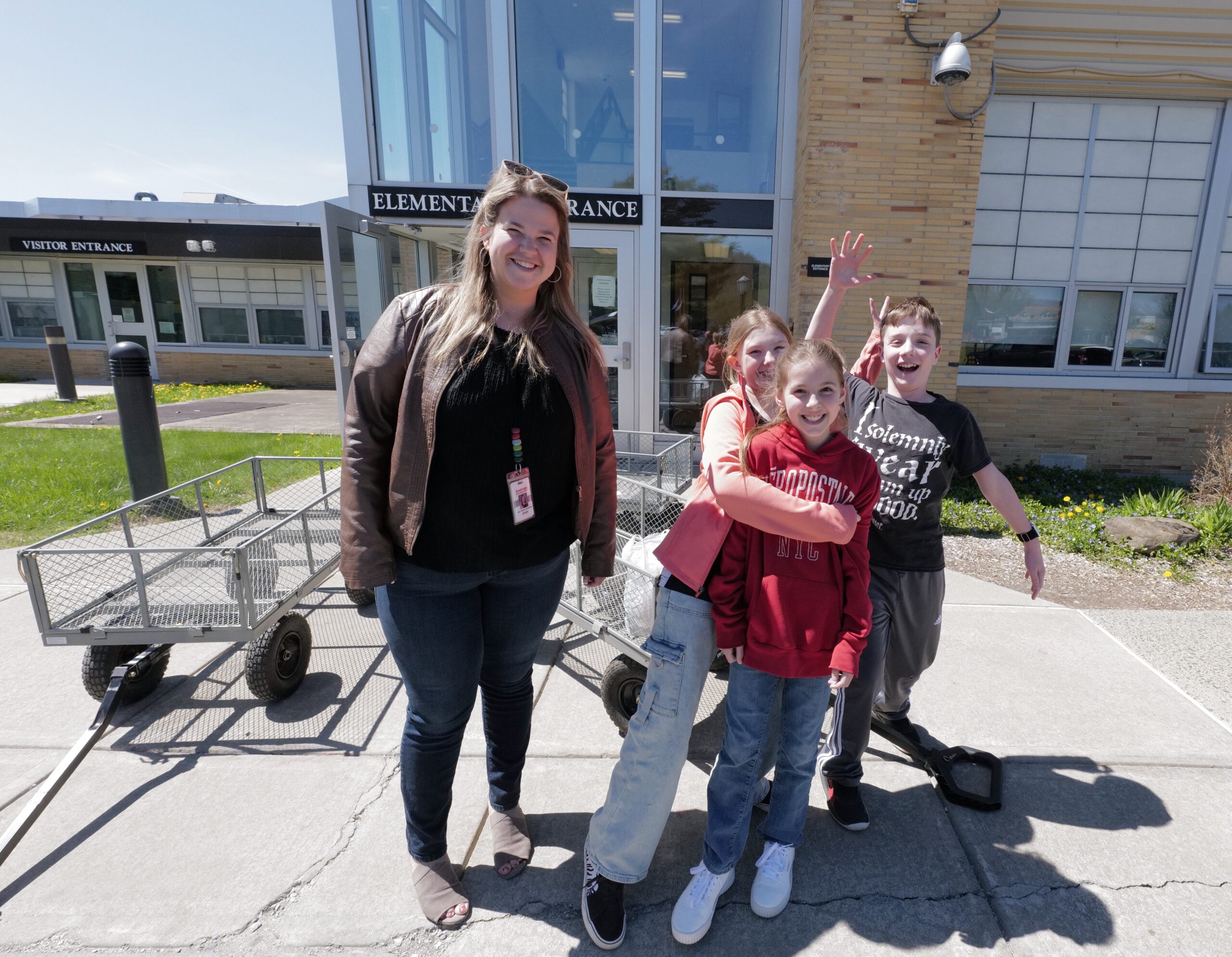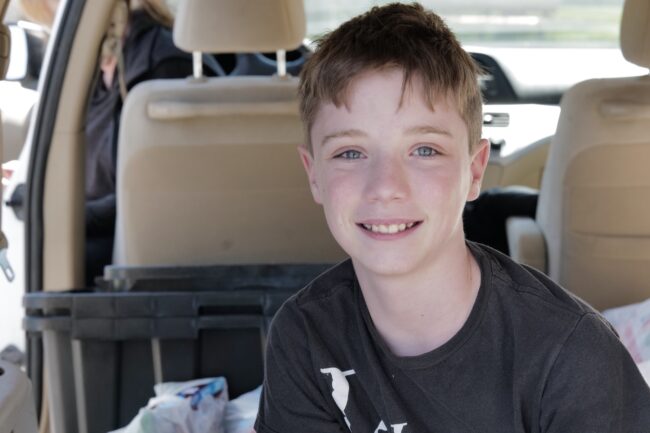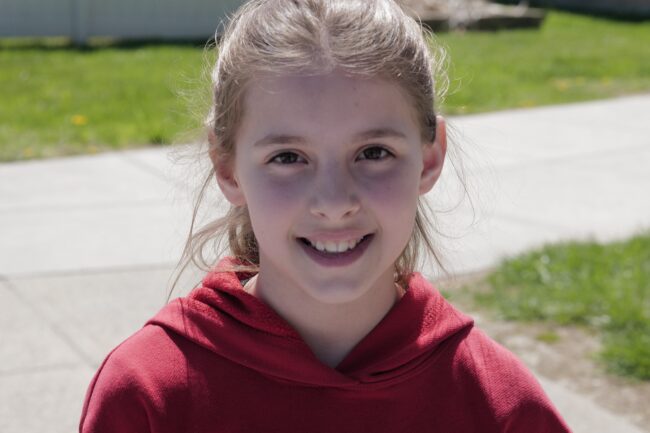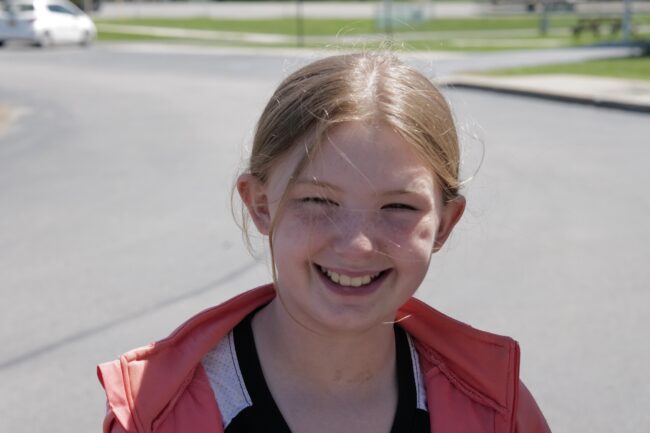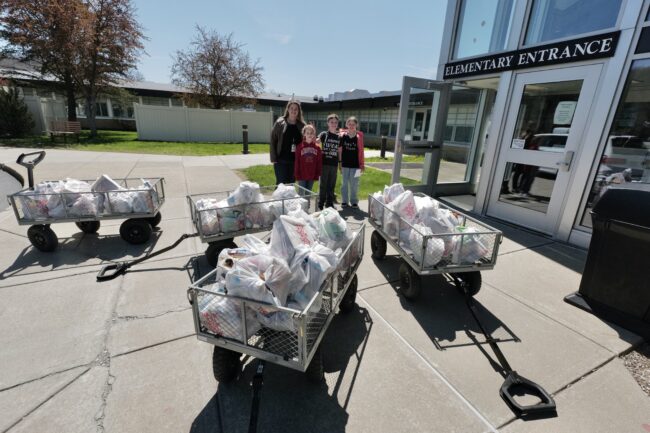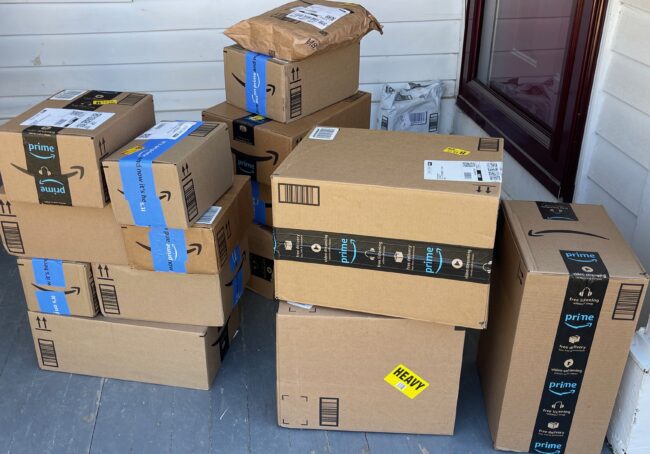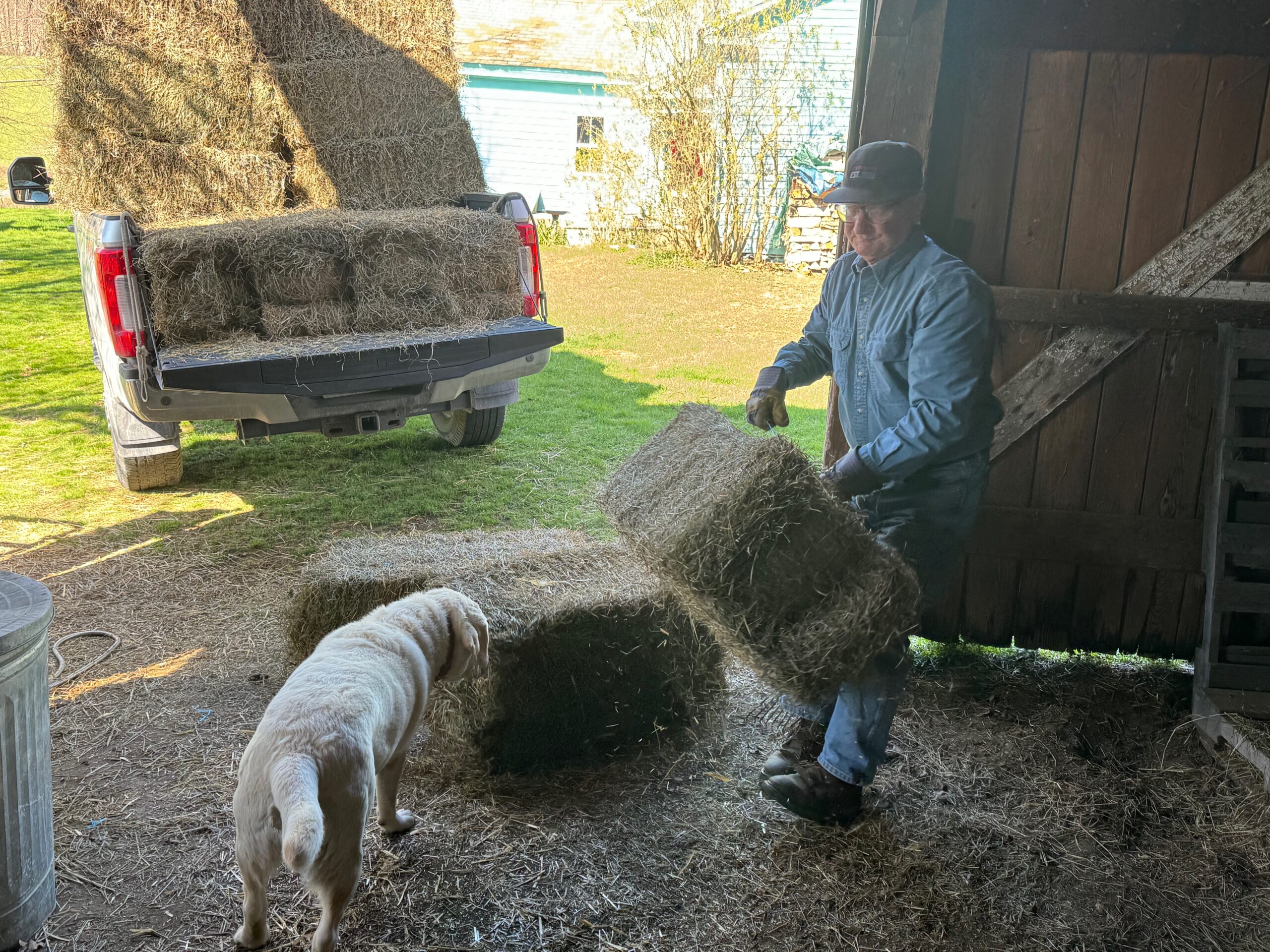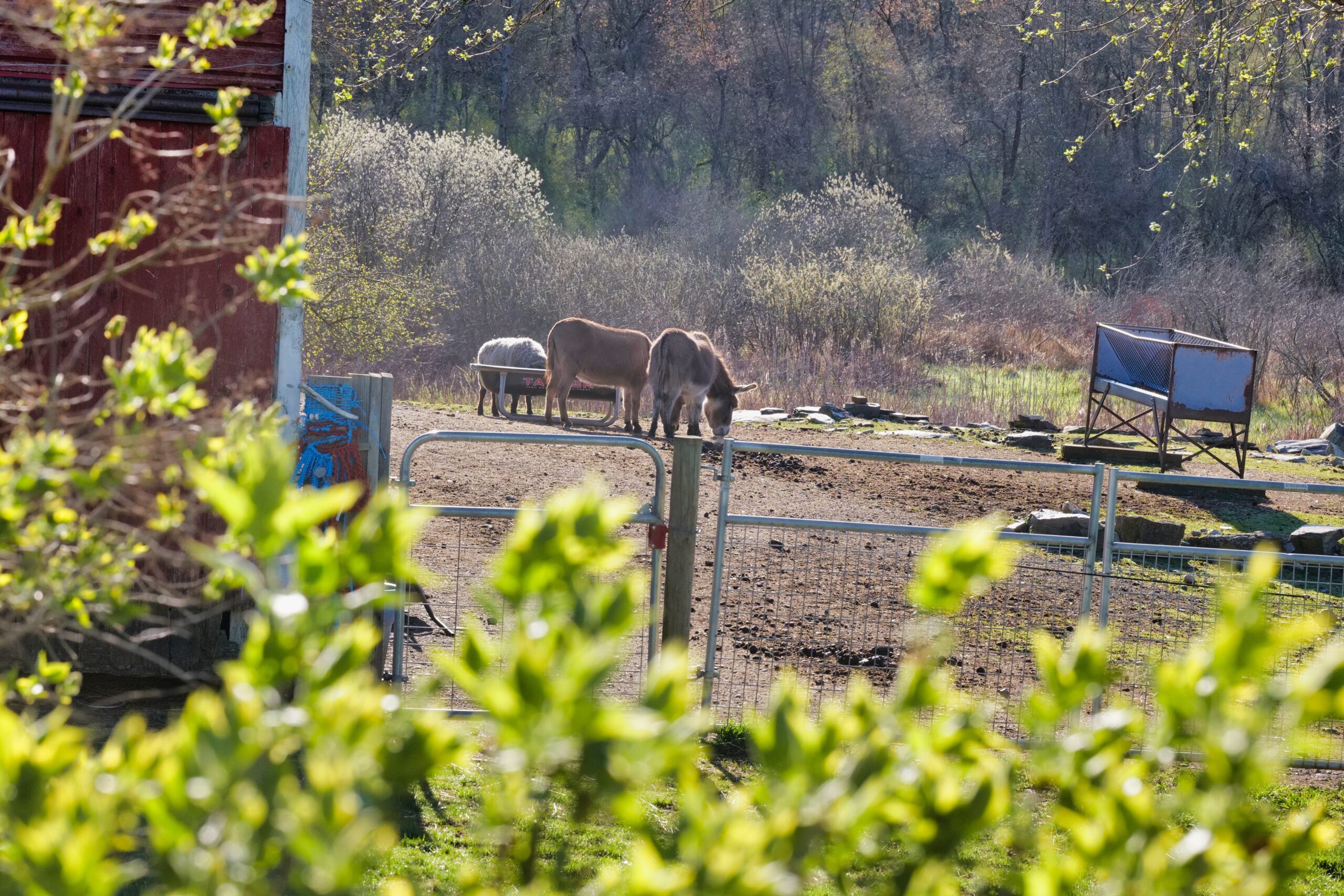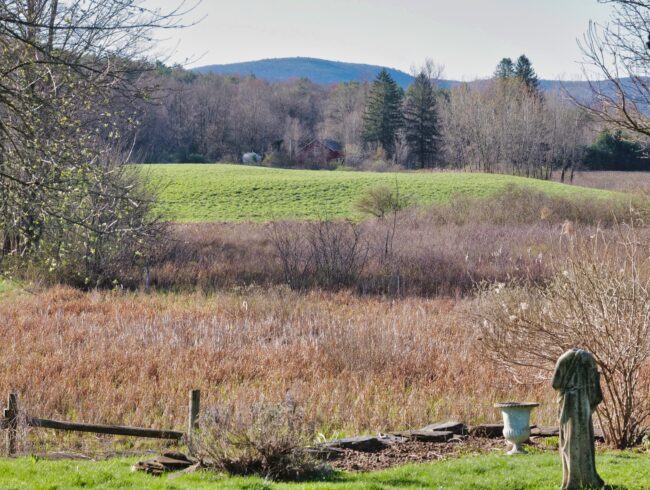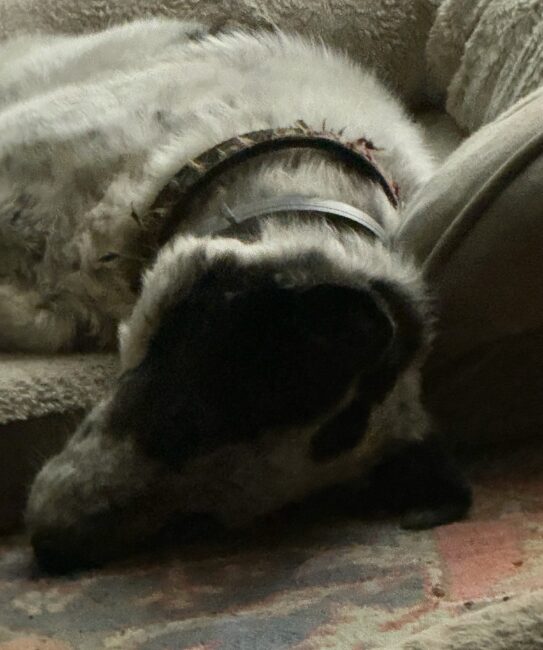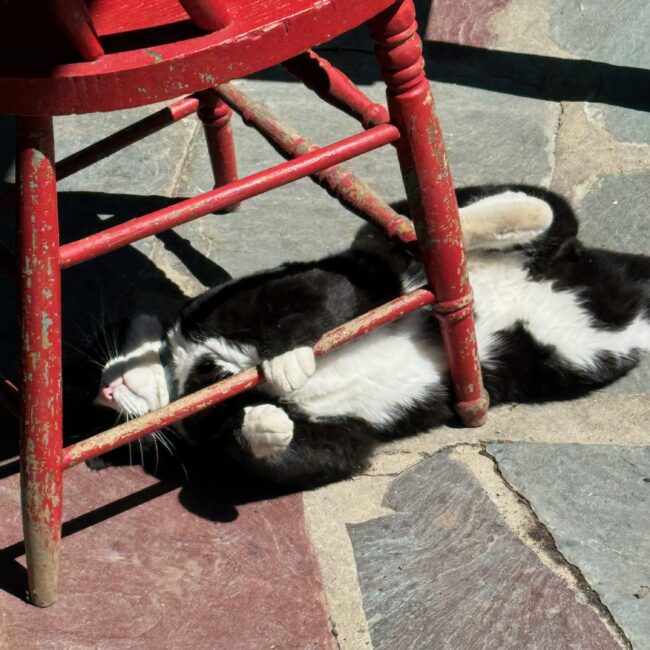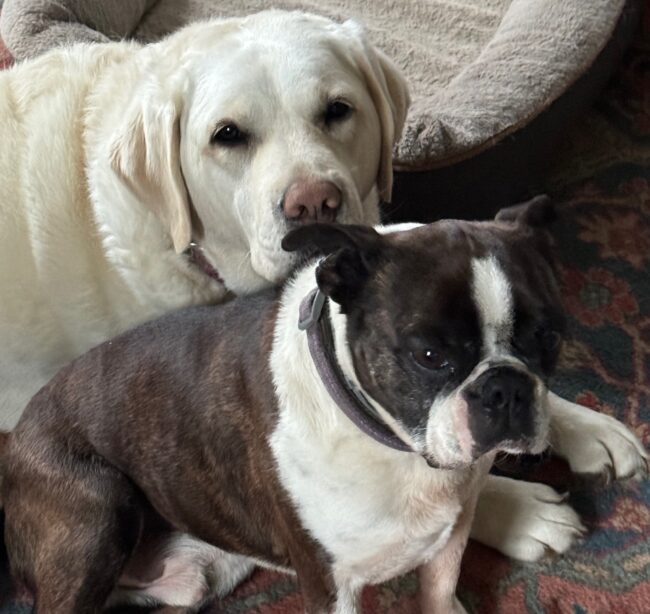There is hay in the barn. Yay, a great feeling. We have enough to get us through next May if needed.
It’s one of the fascinating rituals of living on a farm—I start planning for winter around the first of May. The farmers first taught me that if you wait until September or October, it’s too late. I get started now. I’ve sweated out a few Octobers; hay can be scarce and expensive.
I learned my lesson.
I’m the Bedlam Farm Quartermaster. Maria takes care of the animals daily, and I take care of maintenance, planning ahead, and shopping.
It takes us all summer to get ready. Dave, our excellent and conscientious hayer, has worked for years on the ingredients that go into hay. It’s the best and richest first-cut hay I’ve ever seen, green, extensive, and full of nourishing ingredients. The sheep look great; their coats are thick and bright, and so are the donkeys.
The pastures need lying and brush hogging, and the fences always need some mending. In winter, rats and mice come into the house looking for food. We need to ensure there are no holes they can use to get into the upstairs, as our friend the rat did.
We also need to install and then remove the storm windows first.
David plants, harvests, and experiments with different grains and plants in summer. He came this morning – Maria is off hiking in the woods with a friend – and we had a good hour-long talk, as always. We keep promising to have lunch – his sister, it turns out, reads the blog: Hey there! – but this year, we’re going to do it.
We got two bales of straw this time for Zip. The farmers have a very effective way to keep Barn Cats warm: They stuff straw into one of those polyurethane coolers. It’s one of the best and most efficient ways to keep the cats warm if they need it.
Other ways for a barn cat to stay warm in the coldest weather: You can make a small, simple cooler using a lidded box, foil, and recycled packaging materials. Sometimes, the things that keep things cold are the same that can keep animals warm in the winter.
I like the farmers’ way; they’ve lived with Barn Cats for centuries: polyurethane coolers stuffed with heat-retaining straw. We also have a heated cat house if needed. Zip rarely used it this winter, but he loved being out in the snow.
Itt’s good to know it’s there.
David is a fascinating man.
He has never owned a computer and is horrified at the idea of having his own blog (he is a hermit, I think), but he wants to hear more about it. If anyone I know should have a blog and write about growing healthy and prosperous hay, it’s David. He is always fun and rewarding to talk to. He’s studied the makings of good hay all of his life. His hay is unique.
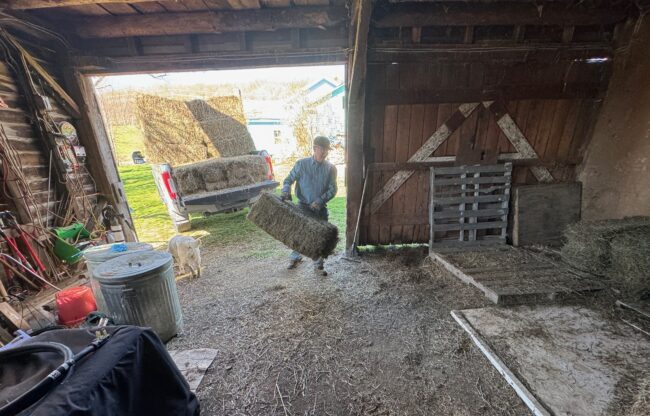
It’s a great feeling to have the winter’s hay in the barn in May, and next, we start working on firewood. I’ve messaged our lumber man telling him we want his wood again, and Maria will begin stacking the remaining wood – we have about a cord left – and preparing the shed for a series of two-cord deliveries, ending in October, just about the time we light up the wood stove.
It’s still cold here at night like it used to be in April and May, but the weather people say it could go up to the 80s on Monday.
Extreme heat gets to me more in the summer than extreme cold in the winter. It’s time to get the fans out and the air conditioners in soon. Preparing for winter is one of my most favored tasks on the farm. Getting the wood and hay in is lovely; I always think of the old farmers and their brutal struggle to prepare for winter.
Mine isn’t brutal, but I have a connection to that time. Maria will do all of the woodstacking, as usual. She has made it clear she doesn’t want or need any help. I’ve stopped bugging her about it.

